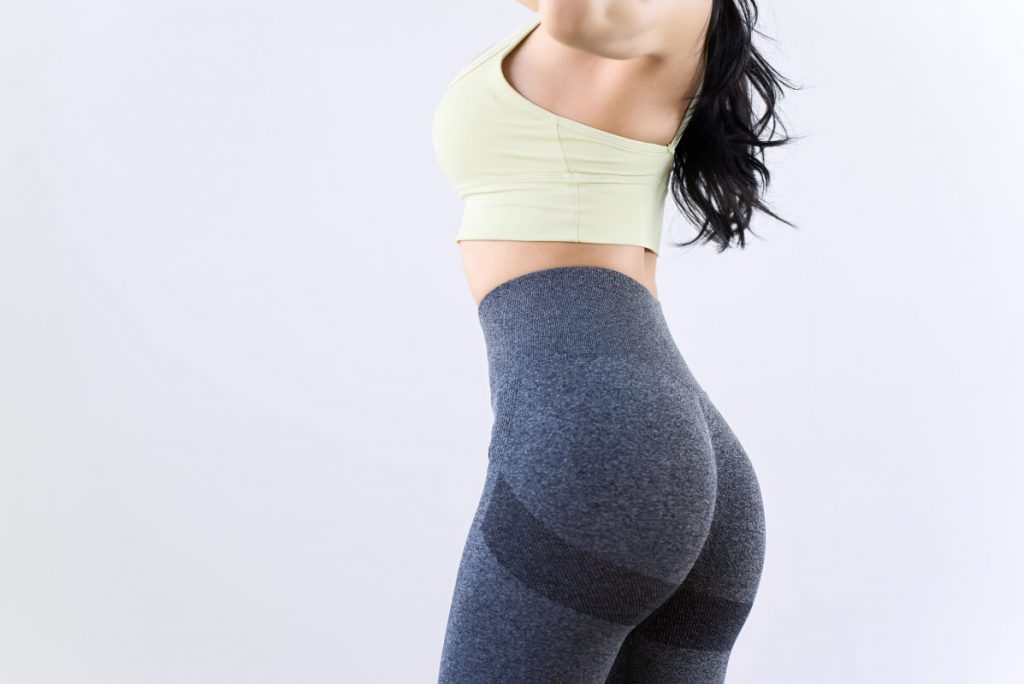It’s no secret that curves are having a moment. Scroll through Instagram, binge a reality show, or just wander down the beach, and you’ll spot shapely silhouettes everywhere. If your own backside isn’t quite matching the vision board, you’ve probably run across two popular options: the Brazilian Butt Lift (BBL) and gluteal implants. Both promise a fuller derrière, but they go about it in entirely different ways, and those differences matter.
What’s The Difference?
A BBL is the ultimate body-recycling project. First, stubborn fat is liposuctioned from places you’d happily slim down, think tummy, flanks, or thighs. That fat is then purified and strategically injected into the buttocks to create roundness and a smooth hourglass line. Because it’s your tissue, the result looks and feels incredibly natural.
Implants, on the other hand, use medical-grade silicone devices inserted through a small incision hidden in the crease between the cheeks. The implant sits either within or just above the gluteal muscle to add instant projection. There’s no need for donor fat, so implants work even for naturally lean patients who don’t have much to harvest.
Is a BBL Better Than Butt Implants?
“Better” depends on your goals. A BBL can contour two areas at once, shrink the waist while boosting the butt, and the texture feels like authentic muscle and fat because, well, it is. However, some of that transferred fat is reabsorbed over the first few months, so an exact cup-size guarantee is impossible.
Implants deliver a set, predictable volume right away. They’re great for creating dramatic projection or a definite “shelf” look. They also stay stable over time; once healed, the implant keeps its size indefinitely. The trade-off is that implants lack the feather-soft feel of natural tissue and can occasionally be felt at the edges in thin patients.
Is a BBL Safe?
Safety measures for this procedure have significantly improved, leading to a reduction in the primary historical risk: pulmonary fat embolism caused by fat entering large veins. New guidelines mandate that injections be kept above the gluteal muscle and recommend blunt cannulas with real-time ultrasound guidance. As a result, serious complications are now uncommon, particularly for healthy, non-smoking adults who adhere to post-operative care instructions.
Implants carry their own, but different, worries. Because they are foreign objects, there is a small risk of infection, capsular contracture (scar tissue squeezing the implant), or shifting if post-operative instructions are not followed. Modern, textured implants and refined placement techniques have reduced those rates, and most issues can be corrected if they occur.
Which One Is Best for Me?
Ask yourself three quick questions before you make a decision:
Do I have extra fat to donate? If yes, a BBL can sculpt everywhere at once. No fat to spare? Implants may be your only route.
Do I want mega-projection or a subtle peach? Subtle and soft points to BBL; dramatic curves point to implants (or even a hybrid of both).
How do I feel about maintenance? Fat that survives a BBL lives and ages with you—weight changes will change your butt. Implants stay the same size, but they may need replacement after 10-15 years.
Conclusion
Whichever path you choose, remember that meticulous technique and artistic vision trump everything. At North West Face and Body, our renowned plastic surgeons combine state-of-the-art safety protocols with an eye for proportion to create results that feel as good as they look, so your only job is enjoying your new silhouette.
Frequently Asked Questions
How much does a BBL cost compared to butt implants?
Pricing varies by surgeon and location, but the cost of a Brazilian Butt Lift at Northwest Face and Body starts at $4,995/-. A BBL usually includes liposuction of multiple areas, while implant surgery focuses only on the buttocks.
Which lasts longer, a BBL or implants?
A BBL can last many years if the weight stays stable and the lifestyle is healthy. Implants hold the same volume over time but may need replacement after 10 to 15 years.
Is recovery easier after a BBL or implants?
BBL recovery typically requires avoiding direct pressure on the buttocks for about two weeks. Implant recovery can feel tighter for longer because the muscle is involved, but most patients return to light activity within a few weeks.
Can I combine a BBL with butt implants?
Yes. A hybrid butt augmentation blends fat transfer with smaller implants to enhance both softness and projection.
Who is a good candidate for a BBL?
Healthy adults with enough donor fat in the abdomen, flanks, or thighs are strong candidates. Non-smokers with realistic expectations and good skin quality see the best outcomes.
Are BBLs safe today?
When performed by a board-certified plastic surgeon using ultrasound guidance and above-muscle fat placement, BBL safety has improved significantly. Choosing a surgeon who follows current safety protocols is essential.
Will implants feel natural?
Modern silicone implants can look very natural under clothing, though they may feel firmer than transferred fat. Patients with more soft-tissue coverage tend to notice less edge feel.
Can I sit after BBL or butt implant surgery?
After a BBL, avoid sitting directly on the buttocks for 2 to 3 weeks to support fat survival. Implant patients can usually sit sooner, but should follow the specific post-operative plan provided by their surgeon.






